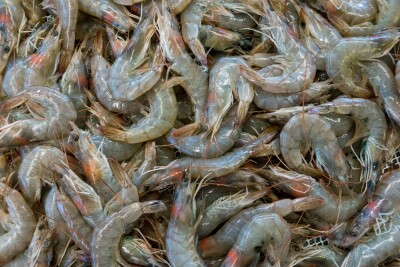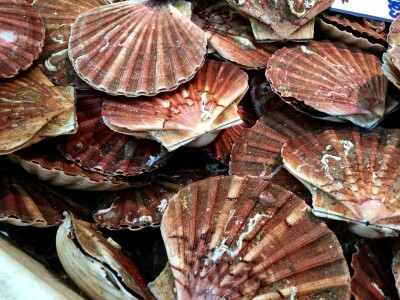Old soldiers never die, but old boats do. After the Avalon was built in 1929 at the Skansie shipyard in Gig Harbor, Wash., the 66-foot purse seiner fished out of that port for the next 65 years, according to a recent Kitsap Sun article on her fate. Though she hadn't been active as a fishing boat since 1995, Avalon's most recent owner planned to restore her to fishing, but the ailing boat sank after she ran aground while being towed in the Hood River Canal in September.
That was pretty much the end for Avalon. Raised in October, she was declared derelict by the state Department of Natural Resources after her owner couldn't come up with a salvage plan, and she was towed to Port Townsend to be taken apart and put in the dumpster.
But fortunately her end is not quite so bleak. In recognition of her historic significance (Avalon's original The Avalon was one of the early gasoline engine boats that helped to power the golden age of the Puget Sound salmon fishery. At right, Antone Skansie, who became the Avalon's skipper in 1940, is shown aboard the 66-footer in NF's August 2003 issue.build was mostly intact), the DNR contracted Gig Harbor BoatShop to take the boat apart and document every piece, which it did, earlier this month. The documentation was the first of its kind by the DNR, and it's an important step. Many old boats weren't built from plans or line drawings. When they're gone, no record of them remains.
Avalon has been documented in our pages too. A dig into the National Fisherman archives uncovers the 2003 story, "An era of their ways," by Lee Makovich. The article looks back on the golden age of Puget Sound's purse seine salmon fishery, sparked by the introduction of the gasoline engine. Before then, salmon fishermen rowed their small purse-seiners out to fishing grounds. Because of the long distances sometimes required to travel, sometimes groups of fishermen would collectively hire a tugboat to tow their boats to the grounds, splitting the costs among them.
Gasoline engines changed that. Boats got bigger and they could go farther, so they did. The 66-foot Avalon was first skippered by Andrew Skansie and then by his son, the late Antone Skansie, who worked for 54 years in the salmon business before retiring in 1990. Fishermen like Antone made the most of their boats' abilities. In the story, Skansie remembers fishing nonstop: He'd fish five days a week at Salmon Banks, unload his day's catch Friday evening then power out to Cape Flattery to fish for the weekend. On Sunday night he'd unload his catch at Neah Bay then ride all night back to Salmon Banks to start fishing again on Monday morning.
"Sure it was a tough life," Skansie said. "But that's how you made money those days."
Those days are over. Avalon may be gone too, but at least she won't be forgotten.
To find out more about the Avalon documentation project, read the Kitsap Sun story here.







